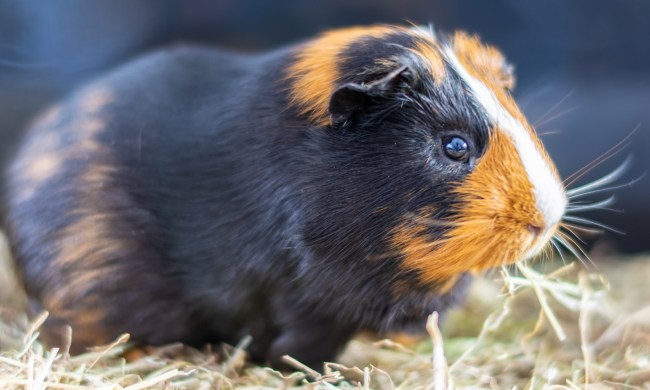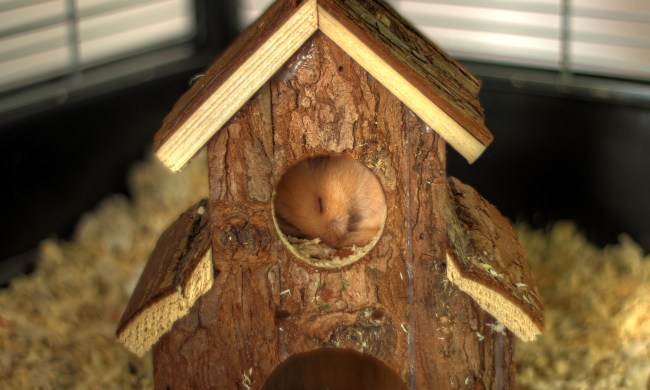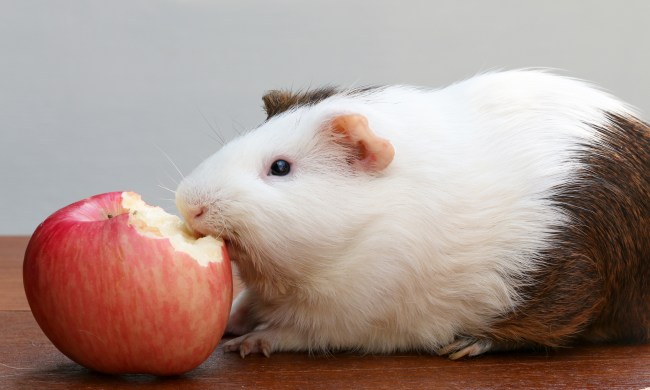Around this time of year, you’ll spot bunnies everywhere — in the yard, the grocery candy aisle, and on TV. You may suddenly find yourself thinking about owning one of these cute small pets, and before you know it, you’ve adopted and brought home a hoppy and floppy pet.
We generally don’t recommend impulse purchases when it comes to animals, but if you find yourself walking away from a shelter or pet store with Peter Rabbit in hand, you’ll need to brush up quickly. It takes a lot: housing, food, cleaning, playtime, grooming, and vet bills. Understanding each piece of the puzzle will allow you to flourish as a pet parent and help your four-legger to live their best life, too. Keep reading to learn more about owning a bunny.
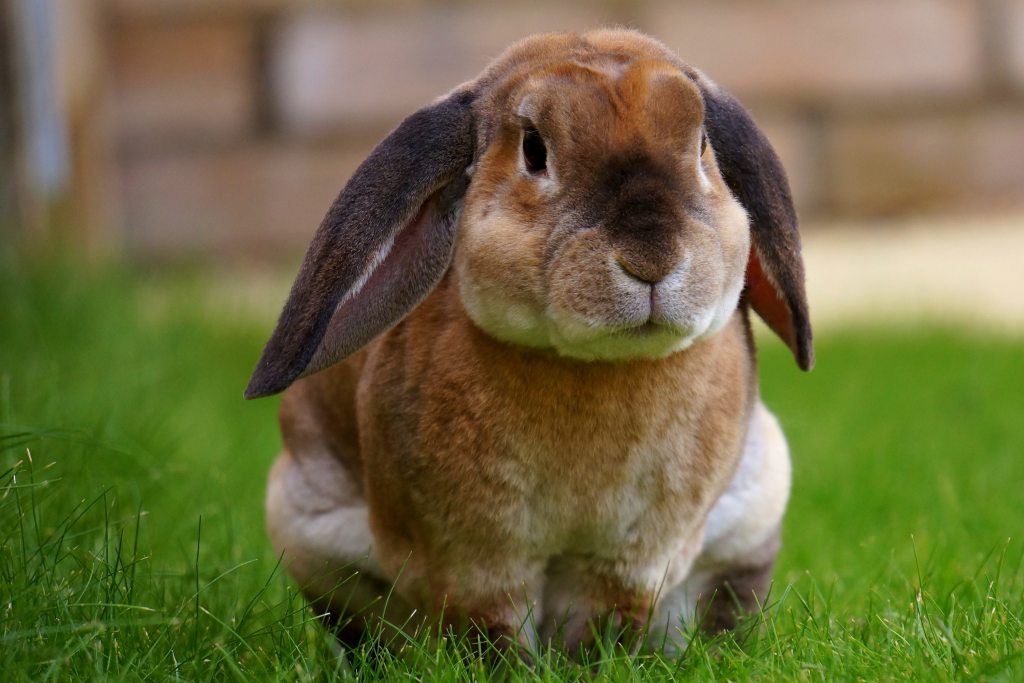
What are the best structures and enclosures for bunnies?
You have multiple options when it comes to your bunny house, and lots of choices to make, starting with the location of the cage itself. First, you need to figure out if he’ll be an indoor bunny, an outdoor bunny, or a mix of both. Only very select climates can support a completely outside existence, and you will always have to worry about predators and other natural hazards. Really, you should lean toward an inside habitat, with some scheduled and closely monitored recess built in.
Once you’ve selected the environment and specific area inside your house, you’ll need to buy a hutch to fit. Make sure your rabbit has plenty of room to roam around, which means try to get a 36-by-36-inch cage at least. A multistory one will make it even better, plus you can throw in toys and accessories. Don’t forget that you will likely want to include a litter area in there and be sure it’s as separated as possible from the food and play area. Speaking of which, you’ll have to wipe down the hutch daily for spot cleaning and a deep scrub about once per week, though if your animal successfully uses the litter, there will be a lot less to pick up from his main area.
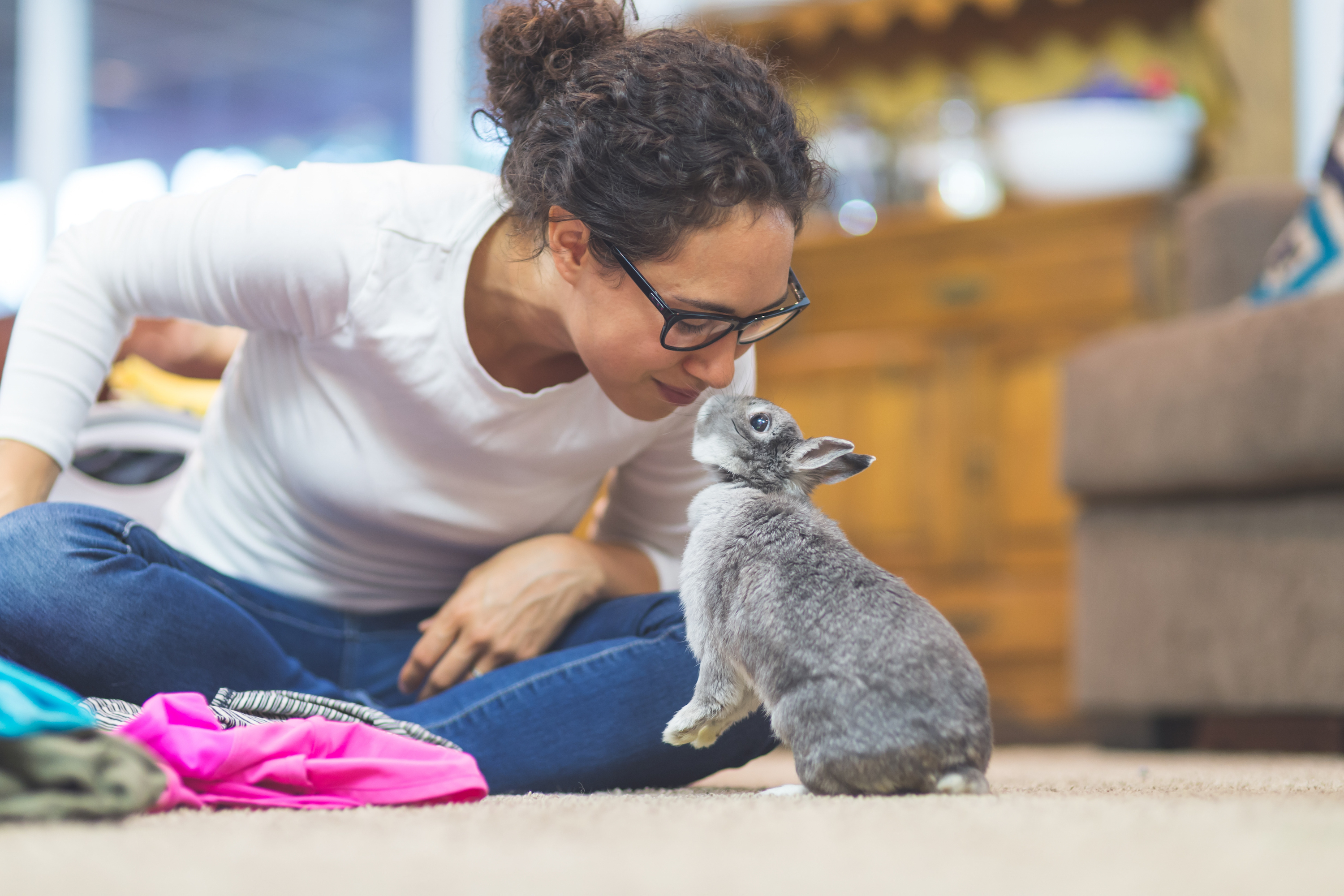
What should my bunny eat?
While rabbit pellets exist for good reason, you really don’t want them to make up the majority of your bunny’s diet. Instead, hay will serve as the staple both for nutritional value and to help keep those teeth at bay (they never stop growing and will quickly get out of hand otherwise).
On top of that, you’ll want to add treats, which can take the form of veggies and leafy greens. While carrots look good on TV, they cannot become a daily snack. Instead, the main veggies should be broccoli greens and bok choy or other dark green leaves. Lastly, keep the drinking water flowing, and change it very frequently, daily at least.
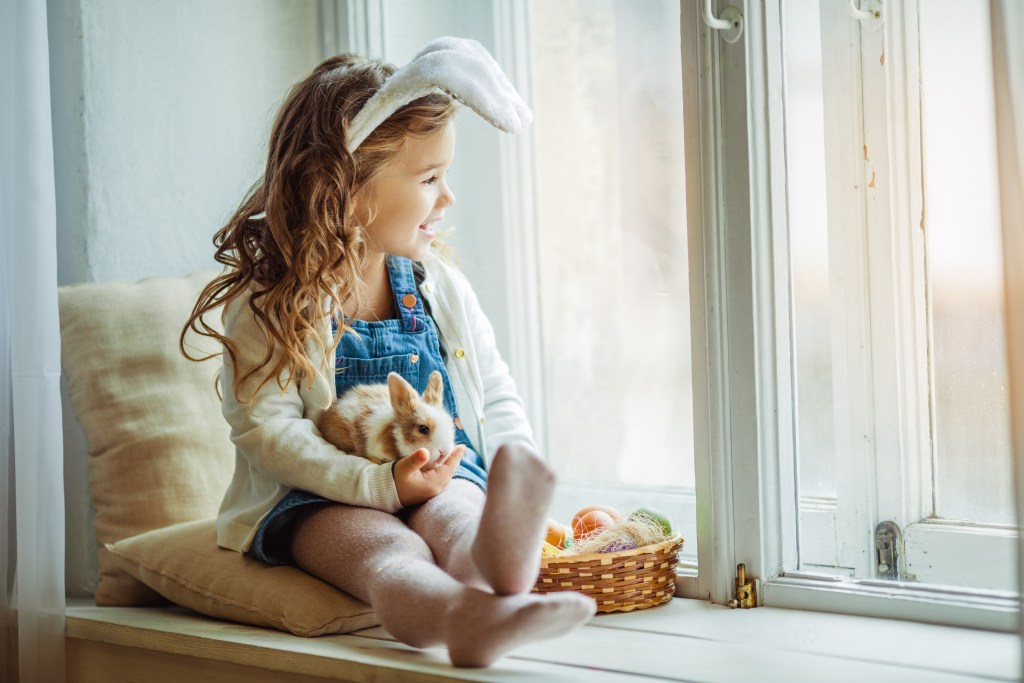
How do I care for my rabbit?
Let’s cover vet bills really quick-like. When you pick up that sweet baby bunny from the pet store, they’ll need to go to the vet right away, just as you would with a dog or cat. From there, you’re looking at every six months to a year, depending on age, and bunnies live about a decade. Watch out for dental and digestive issues, both of which plague rabbits and their owners. Also, if you have multiples, you may ask your vet about getting them fixed or you will get more rabbits than you bargained for.
In addition, you must provide plenty of enrichment and exercise. Contrary to popular opinion, these little hoppers are smart and need plenty of time to play or interact with you and their toys. Lots of owners set up a larger pen to allow them some extra hopping time (fully supervised, of course). One note: most rabbits do not enjoy being picked up, so try to find other ways to interact with them.
As for washing your new fur baby, you’ll be glad to know that bunnies efficiently clean themselves but need a little help from you. Don’t try to give your bunny a bath, but rather rely on safe, low-stress spot cleaning, plus brushing once a week to keep that soft coat in good shape.
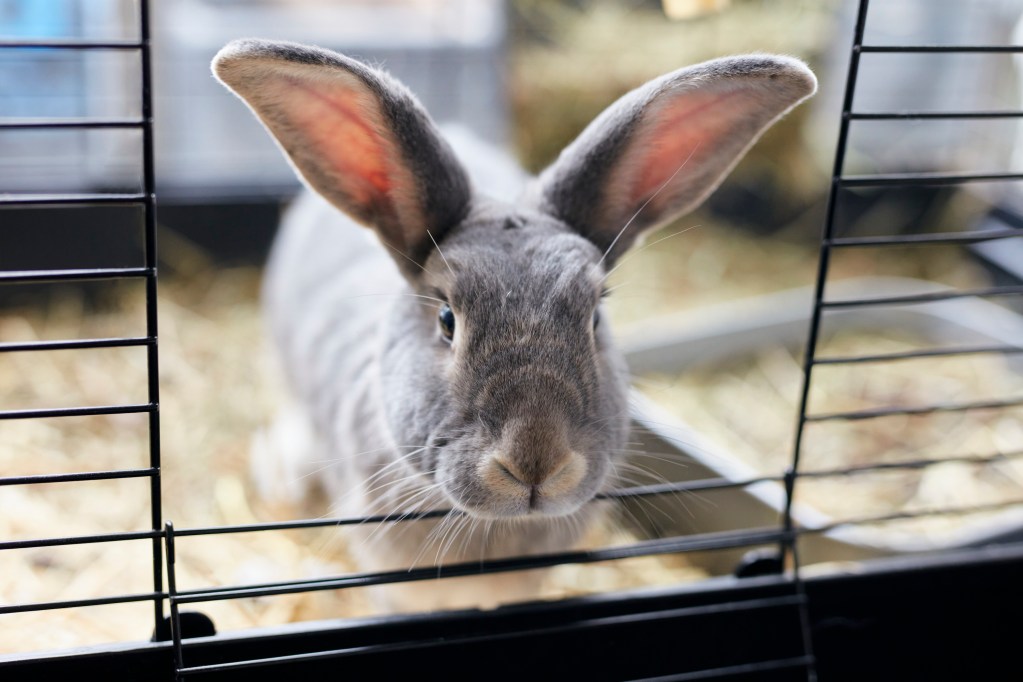
Final thoughts on adopting a rabbit
Every pet is a commitment, and sometimes people dive into bunny ownership, thinking it will be along the lines of a hamster or guinea pig. It really isn’t and could be better compared to a bigger pet, like a cat. Dedicate time for feeding, grooming, cage cleaning, and, of course, playing games every week so that your little bunny thrives in its new environment. Lastly, a companion will go a long way toward keeping that big brain occupied, and you’ll have a picture-perfect set of cuties to take pics in time for Easter.

